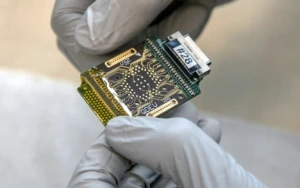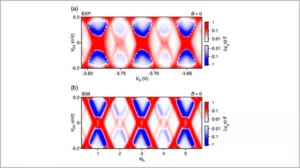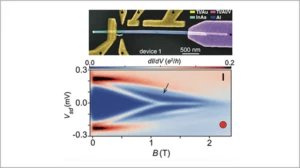Developing a topological qubit
Learn what’s involved in the journey to create a topological qubit, including different stages of development, first-of-their-kind fabrication approaches, and an overview of the many fields of knowledge that come together to make this vision a reality. Read more



